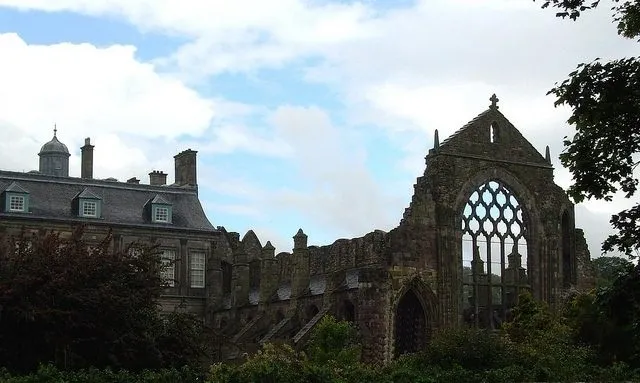In the heart of Edinburgh, Scotland, lies the haunting remnants of an ancient abbey, bearing witness to centuries of history. Founded by King David I in the 11th century, Holyrood Abbey Church has played a central role in the unfolding saga of Scottish and English relations. Its storied past reflects the complex interplay between Scotland and its southern neighbors, while its current state of decay serves as a poignant reminder of the repercussions of English expansion in the British Isles.


The abbey, named after an event involving King David and a deer, along with a miraculous shining cross, holds a rich history. Established by the king in the 12th century, the church boasted impressive architecture, including towering spires and a grand nave. Situated near Edinburgh Castle, it became a favored residence for kings who frequented its halls for worship. However, as the years passed, its active use waned.


In 1544, the church faced significant damage during the tumultuous War of Rough Wooing, a period of conflict with England. A decade later, parts of the structure were deemed redundant and dismantled. Despite a renovation in 1633, the abbey’s restoration efforts were short-lived.


During the tumultuous Glorious Revolution, Holyrood Abbey suffered another devastating blow when English forces pillaged the church, leaving it in ruins by destroying the roof in 1688. This marked a significant turning point, shaping the abbey into the form we see today. An attempt to reconstruct the roof in 1768 proved unsuccessful, as it collapsed within a decade. For the past 250 years, Holyrood Abbey Church has stood as a poignant reminder of its storied past, nestled next to the palace in Edinburgh, Scotland’s capital.


The evocative ruins of the Abbey Chapel have captured the imagination of many. Composer Felix Mendelssohn was reportedly inspired to create his “Scottish Symphony” after visiting in July 1829. Additionally, Queen Victoria and her uncle King Edward IV are said to have drawn inspiration from these weathered remnants for their own artistic endeavors.

Also Recommended:Scotland’s Most Famous Landmark, Eilean Donan Castle

